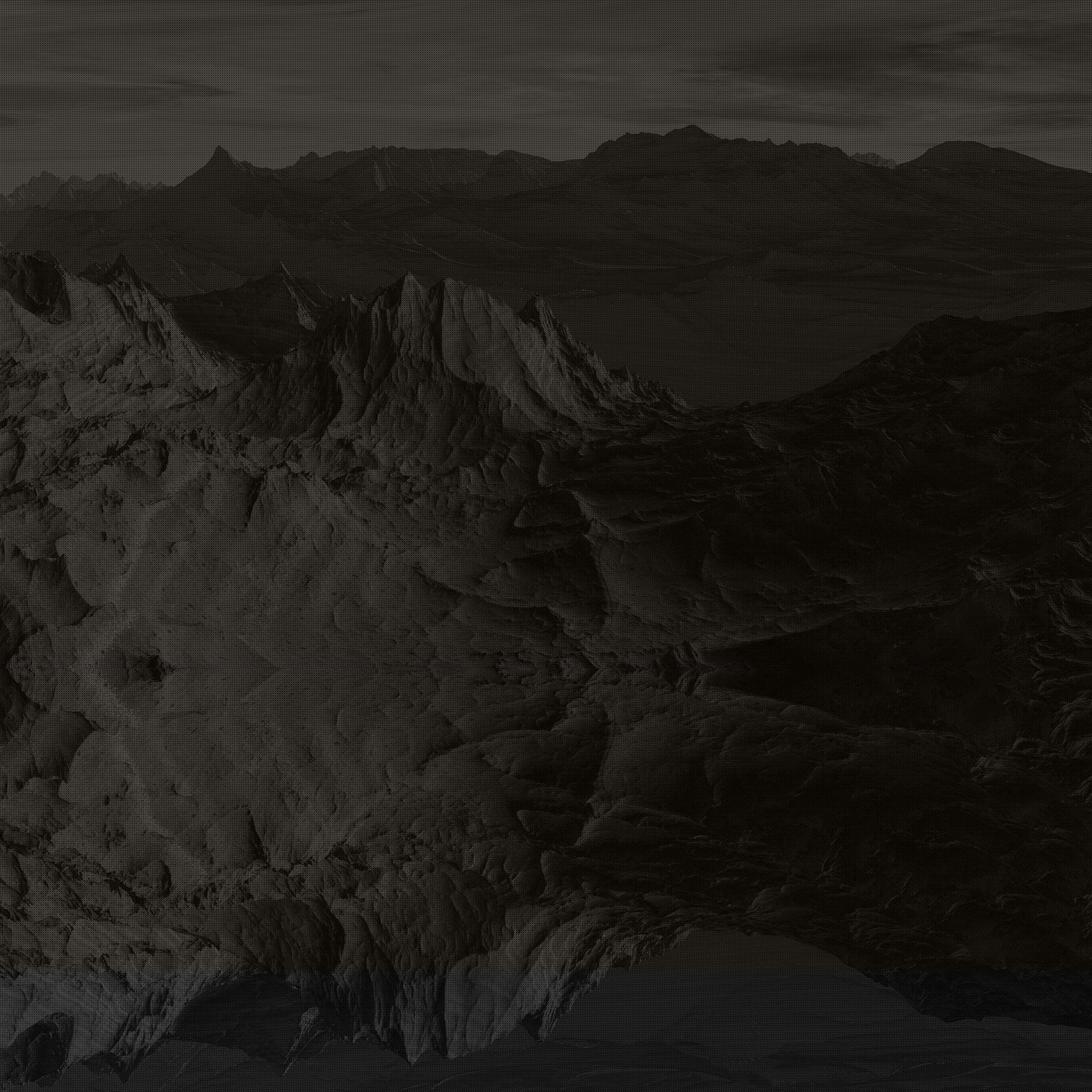Cameras
- Travis Parkes
- Nov 30, 2022
- 3 min read
My aim from the start has been to achieve photorealism and a cinematic quality that meets the standard of something that could be shown on the big screen. Every year the majority of films nominated for best cinematography at the Oscars are filmed on Arri cameras, the University has an Arri Alexa Classic so it only seemed natural to aim to use that. Alexa’s are known for their excellent dynamic range, colour science, and bragging rights. Also with the ability to shoot in RAW, the strong images that the camera produces have lots of flexibility later on, which means I can really customise the look of the final image beyond just the VFX.
Ultimately though, the camera is expensive, the lenses are expensive, the equipment required to even use the camera is expensive, without official training I’m not allowed to use the Alexa, to both protect it and for my own safety. Luckily, there are students I could reach out to who are trained to use it, so I emailed two of them who came recommended to me by the cinematography lecturer to organise a meeting. In this email I gave reasons why it would benefit them, most film workflows involve some kind of VFX artefacts these days and experience with that is valuable. I also sent the test shot I had done to give an idea on what kind of standard could be reached. Although it seemed my reasons didn’t particularly matter as the two students seemed happy to help me either way.
At the start of the meeting I was told the reality of using the Alexa Classic. Unlike recent additions to the Alexa line, the camera is bulky and would require at least 3 people to operate it. It would also be limiting in terms of the kinds of shots I could capture, but at no point did the students say I couldn’t use it. They just wanted to inform me that some of my ideas may need to be adjusted so that the camera could be used. Within this meeting they also told me of two other camera options. The Sony Fs7 and the Sony Fx6, both Netflix certified cameras, so would also reach that quality I aimed to achieve from the start, just without the same pedigree of the Alexa.
After the meeting, I was sent a pros and cons list for each of the cameras.

There are a few things here that are non-issues, I am fully in the school of thought that resolution isn’t everything and the Alexa can still capture beautiful images even with the 2K restriction, the extra resolution is more useful for digital zooming more than anything. As I plan to shoot in RAW, the Alexa not being able to shoot in S-LOG is fine as well, and even though the Fs7 supports the most lenses, each camera has prime lenses of good quality already.
I also did further research into the cameras myself. Each one has full frame sensors with each offering at least 14 stops of dynamic range, with the Fx6 being advertised as 15.
I envisioned the project with fairly dynamic camera movement, as I felt this would better convince the audience that the robots exist in physical space rather than a locked off shot or at least one with very linear movement. The Alexa has the Alexa name, the Fs7 has all the lens options, but with the Fx6 offering excellent image quality and with the use of the gimbal, it seemed like the best choice for a small shoot such as this.


Above are some shots by one of the film production students to test the capabilities of the Fx6 in low light. None of my shots will need that capability, but this is still a great way of assessing the camera fidelity and image look.
The Fx6 also seems like a good camera choice because I will be capturing HDRI’s on the Sony a7S II, and with the Fx6 basically being the cinema camera equivalent of the next generation, the a7S III, one can expect similar colour science and image processing between the two cameras, which means the plate and the HDRIs should be able to match fairly well.
Before filming the final shots, I plan to do a test of this camera and the three lens options to help test the capabilities and to figure out any issues that may occur from shooting non-existent characters. This will also be a good opportunity to get lens grid shots.

Comments